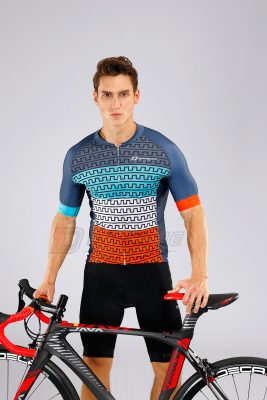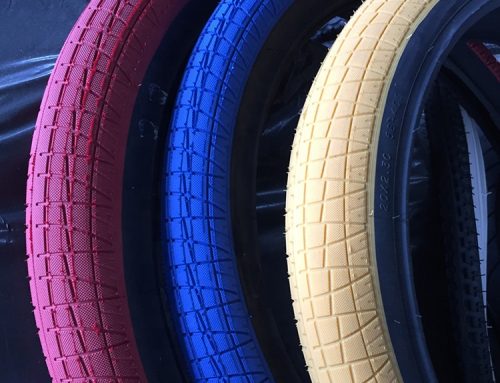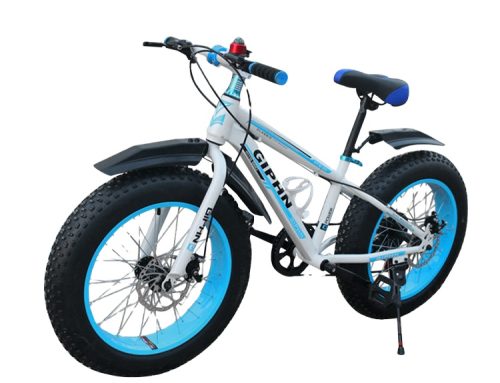Ergonomic bike seats are designed to provide optimal comfort and support while cycling. The science behind these seats involves a deep understanding of human anatomy, biomechanics, and materials engineering. Here’s an overview of the key aspects involved in creating ergonomic bike seats:
**1. Anatomy and Biomechanics:
- Understanding the human body’s biomechanics is crucial. Designers consider the skeletal structure, muscles, joints, and pressure points to create seats that promote natural and efficient movement.
- Research on the distribution of pressure points helps determine where discomfort can occur and informs the design of features like cutouts, channels, and padding.
**2. Pressure Mapping:
- Pressure mapping involves using sensors to measure the pressure points between the body and the seat.
- This data helps designers identify areas of high pressure and design features that distribute weight more evenly, reducing the risk of discomfort and numbness.
**3. Pelvic Structure:
- The width of a rider’s sit bones is a crucial consideration. Ergonomic seats come in various widths to match different pelvic structures.
- Properly supporting the sit bones helps prevent pressure on sensitive soft tissues.
**4. Cutouts and Channels:
- Many ergonomic seats feature cutouts, grooves, or channels down the center. These features help reduce pressure on the perineal area and improve blood flow.
- Cutouts also help prevent numbness and discomfort, especially during long rides.
**5. Padding and Materials:
- The type and density of padding used impact comfort and support. High-quality foam, gel inserts, and memory foam are common choices.
- Materials are chosen for durability, breathability, and moisture-wicking properties to prevent chafing and skin irritation.
**6. Riding Position:
- Different riding styles (upright, forward-leaning, etc.) require different seat shapes and designs.
- The curvature and width of the seat are tailored to match the rider’s posture and the bike’s intended use.
**7. Shock Absorption:
- Ergonomic seats often incorporate shock-absorbing features, such as elastomer springs or flexible materials.
- These features help dampen vibrations and impacts from the road, reducing fatigue and discomfort.
**8. Human Testing:
- Ergonomic seat designs are tested extensively with real riders in various conditions.
- Feedback from cyclists helps refine designs to ensure that the seats are comfortable and effective.
**9. Customization:
- Some high-end ergonomic seat manufacturers offer customization options, allowing riders to select features like seat width, padding density, and cutout design.
**10. Biomechanical Analysis:
- Advanced tools like motion capture systems are used to analyze how a rider’s body moves and interacts with the seat during pedaling.
- This analysis informs seat design, alignment, and positioning for optimal performance and comfort.
Ergonomic bike seats are the result of a multidisciplinary approach that combines biomechanics, materials science, engineering, and real-world testing. The goal is to create seats that minimize discomfort, prevent injuries, and enhance the overall cycling experience.





